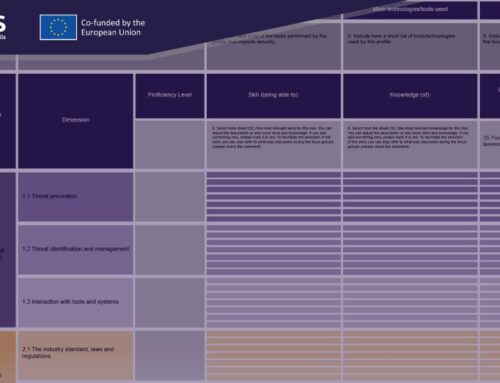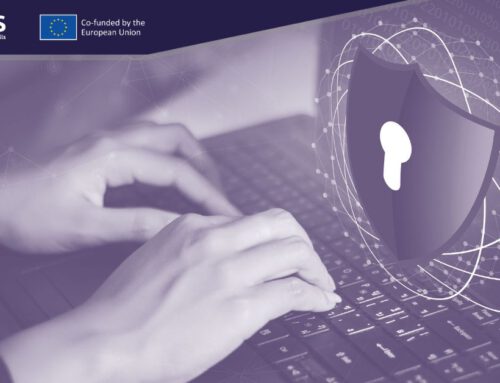The rising threat of cybercrime
Understanding cybersecurity risks in the digital revolution era
The digital revolution changes the world through digitalisation, automation, the Internet of Things and Big Data. Increased vulnerability to cybersecurity attacks, with potentially incalculable consequences, presents companies with new challenges.
In recent years, the landscape of cybercrime has evolved dramatically, becoming more complex and harmful. According to Statista, cybercrime is forecast to inflict damages of $14.57 trillion globally in 2024, a huge increase compared to the $1.5 trillion in 2023. And it’s getting worse! For 2027, experts predict that the worldwide costs incurred through cybercrime will reach $23.82 trillion [1].
Focus on manufacturing and transport
An analysis conducted by Swanscan and the European Digital SME Alliance has revealed some trends in cyber attacks within Europe concerning the manufacturing and transport industries [2].
The analysis indicates that the manufacturing sector experiences 12% of all ransomware attacks across all industries, while transport accounts for 8%. These industries are two of the four most frequently attacked industries in Europe – with more attacks occurring only in technologies (18%) and services (17%) [2].
These attacks significantly impact small businesses: 31% of the affected companies are small enterprises with a workforce ranging from one to ten employees and 56% are organisations with eleven to fifty individuals. This data emphasises the critical need for enhanced cybersecurity measures across various industries, particularly in small and medium-sized enterprises [2].
Ransomware and phishing attacks
Cybercrime encompasses a range of malicious activities. Malware like ransomware as well as social engineering attacks like phishing are two of the most common types of cyber attacks:
Ransomware: Reports show that ransomware attacks cost $4.54 million on average [6] and 60% of the companies affected by ransomware attacks pay to get control back [3].
Phishing attacks: According to a report by Verizon, phishing was involved in 44% of all social engineering incidents [4]. With 3.4 billion phishing emails sent every day, the danger is high [5]!
Impact on businesses and individuals
Most cyber attacks result in data breaches, meaning that data is stolen, transmitted or used with or without the owner’s knowledge. This unauthorised access to data has become increasingly common: 83% of organisations have had more than one data breach in 2022 [6]. With an average total cost of $4.45 million for a data breach, it is not surprising that 95% of the breaches are financially motivated. The most critical aspect: 74% of data breaches involve the human element [7]!
And the consequences of cybercrime extend beyond financial losses. For businesses, a cyber attack can lead to a loss of customer trust, damage to brand reputation and legal repercussions. For individuals, the psychological impact of privacy violations can be profound.
How to face the rising danger of cybercrime
The threat posed by cybercrime is real and growing. So, everyone needs to take proactive steps to protect themselves against digital threats. And awareness is key in combatting cybercrime!
In the CYRUS project, we aim to foster a general increase in cybersecurity awareness. This helps reduce the negative effects of cyberattacks – together with other cybersecurity measures such as using strong, unique passwords, enabling multi-factor authentication and regularly updating software to patch vulnerabilities.
The next crucial step in combating cyber attacks is cybersecurity training. CYRUS not only aims to raise awareness of cybersecurity but also develops a personalised, customised, work-based training framework to improve the cybersecurity skills of all employees in the manufacturing and transport industry.
By staying informed and vigilant and having the means to identify and mitigate cyber threats, we can collectively reduce the impact of cybercrime and help safeguard our digital future!





